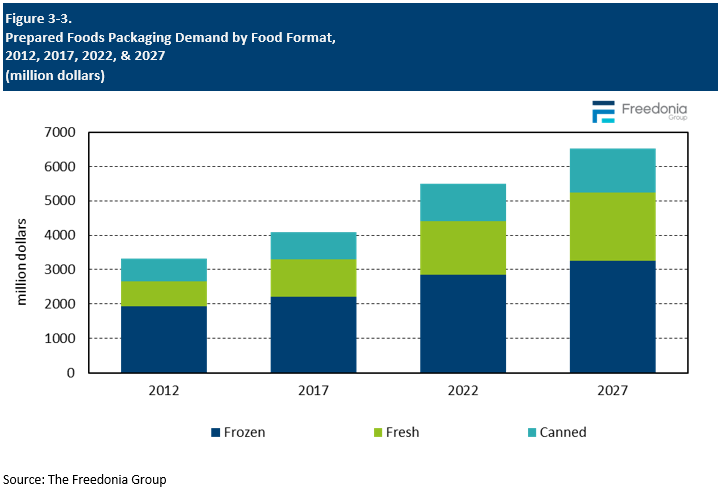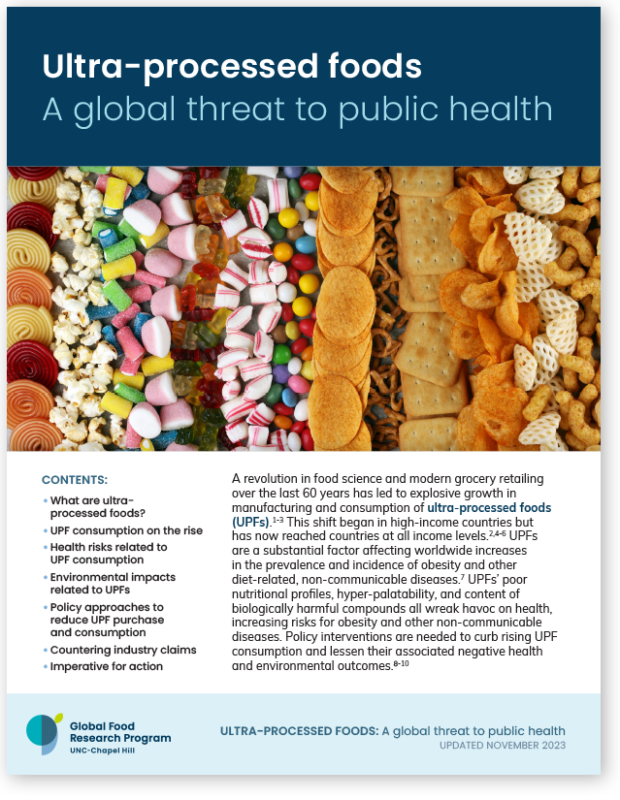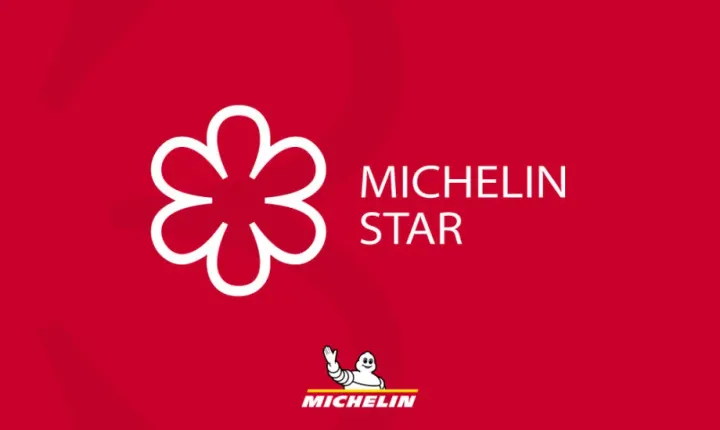Savoring the Wild - Exploring Lichen's Hidden Culinary Potential

The Uncharted Territory of Lichen Cuisine
Unlocking the Secrets of a Symbiotic Gastronomy
Lichen, a unique organism that's a symbiotic partnership between fungi and algae or cyanobacteria, has been largely overlooked in the culinary world. Despite its widespread presence in various ecosystems, lichen's potential as a food ingredient remains unexplored.
A New Frontier in Flavor Profiles
Lichens offer a vast array of flavors, from earthy and umami to tangy and sweet, waiting to be discovered and incorporated into various dishes. Their unique taste profiles can add depth and complexity to sauces, soups, salads, and even desserts.
Culinary Applications and Innovations
Chefs and food enthusiasts are beginning to experiment with lichens, using them as a sustainable and vegan alternative to traditional ingredients. Some potential applications include:
- Infused oils and vinegars
- Lichen-based sauces and marinades
- Vegetarian and vegan substitutes for meat
- Unique additions to baked goods and desserts
Embracing the Unknown: Challenges and Opportunities
While lichens offer exciting possibilities, there are challenges to consider, such as:
- Identification and sourcing of edible lichens
- Ensuring sustainability and environmentally responsible harvesting
- Developing methods for large-scale cultivation and processing
As we venture into the uncharted territory of lichen cuisine, we may uncover innovative solutions to these challenges, paving the way for a new era in gastronomy.
Unveiling the Aromatic Secrets of Lichen
Lichens, often overlooked in the culinary world, hold a secret treasure trove of aromatic compounds waiting to be unlocked. These fascinating organisms, a symbiotic union of fungi and algae or cyanobacteria, have evolved to produce a wide range of bioactive compounds, including aromatic molecules that could add unique flavors and scents to dishes.
A World of Aromatic Possibilities
Researchers have identified various lichen species with distinct aroma profiles, opening up possibilities for culinary innovation. From the earthy, mossy notes of Cladonia species to the fruity, floral hints of Xanthoparmelia species, the aromatic diversity of lichens is vast and untapped.
Unlocking the Flavor Potential
Chefs and food enthusiasts are beginning to explore the culinary potential of lichens, using them to create unique and captivating dishes. By infusing lichens into oils, vinegars, and sauces, or using them as a seasoning, cooks can add a new dimension of flavor to their creations.
Embracing the Uncharted Territory
As we continue to uncover the secrets of lichen aromatics, we may discover new and exciting ways to enhance the flavor and aroma of our food. By embracing this uncharted territory, we can push the boundaries of culinary innovation and create a new world of gastronomic experiences.
Culinary Applications of Lichen Aroma
Lichens, with their vast array of species and unique characteristics, offer an untapped reservoir of aromatic compounds waiting to be explored. The potential of lichen aroma in culinary applications is vast and varied, with possibilities ranging from novel seasonings to sustainable flavor enhancers.
Novel Seasonings and Flavor Enhancers
Lichen's aromatic compounds could be used to create novel seasonings, marinades, or sauces, adding depth and complexity to various cuisines. The unique combination of fungal and algal metabolites in lichens produces a rich tapestry of flavors, from earthy and mossy to smoky and sweet. By harnessing these compounds, chefs and food manufacturers can create innovative and captivating flavor profiles that elevate dishes and delight palates.
Sustainable and Eco-Friendly Alternatives
The use of lichen aroma in food could also provide a sustainable and eco-friendly alternative to traditional flavor enhancers. Lichens are abundant, widespread, and can thrive in challenging environments, making them an ideal candidate for sustainable harvesting. By leveraging lichen aroma, the food industry can reduce its reliance on resource-intensive and environmentally impactful flavorings, promoting a more sustainable and responsible culinary practice.
The Future of Lichen Aroma Food
As the world becomes increasingly interested in foraging and wild foods, lichen aroma could become a coveted ingredient in high-end restaurants and home kitchens alike. The unique, earthy flavor profile of lichen aroma has the potential to elevate a variety of dishes, from soups and stews to sauces and seasonings.
Unlocking the Culinary Potential of Lichen Aroma
Further research and experimentation are needed to fully unlock the culinary potential of lichen aroma and explore its possibilities in modern cuisine. By investigating the flavor compounds present in lichen aroma and understanding how they interact with other ingredients, chefs and food scientists can develop innovative new uses for this wild ingredient.
Exploring the Possibilities of Lichen Aroma in Modern Cuisine
Some potential applications of lichen aroma in modern cuisine include:
- Infused oils and vinegars, adding a subtle earthy flavor to dishes
- Teas and tisanes, providing a soothing and aromatic beverage experience
- Seasonings and spice blends, adding depth and complexity to a variety of dishes
- Flavored salts and sugars, providing a unique and aromatic finishing touch for dishes
As research and experimentation continue, we can expect to see lichen aroma become an increasingly popular ingredient in the culinary world.


:max_bytes(150000):strip_icc()/dog-treats-glass-storage-container-3f5d7e36-81df4011d844459c9272c9c8404bc38d.jpg)












Comments ()